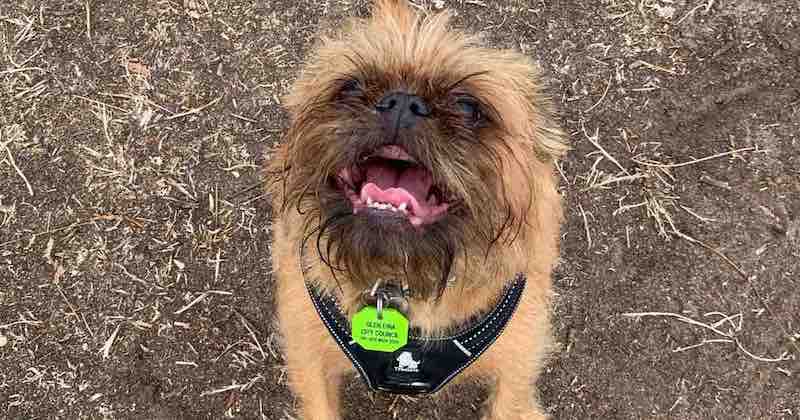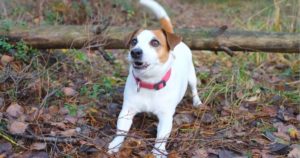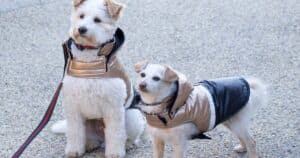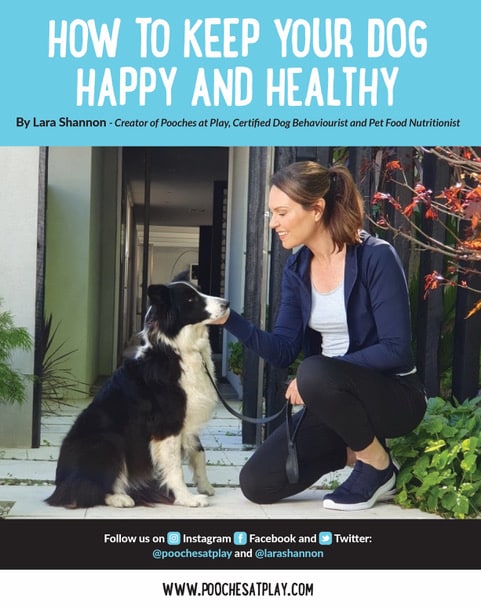

This week’s breed in focus is the Brussels Griffon, a toy breed originating from the city of Brussels in Belgium and bred to hunt and kill rats.
The gorgeous little Brussels Griffon characters have been around for 200 years and are best known for their trademark beards, almost human expressions and proud appearance.
They are super eager to please and bond well with their owners, making them great companions. As with many breeds they do require a lot of attention, so don’t do well being left alone and need an owner that will devote time and energy to them.
They’re very intelligent, but can be stubborn and demanding, so obedience training, and patience, is a must.
They may bark at other dogs or strangers, which can become a problem, so early socialisation is important, as they can often underestimate their size and try to dominate larger dogs.
The Brussels Griffon can have a smooth and silky, or rough and wiry coat, that needs brushing a couple of times a week and a clip or stripped of the wiry hair a couple of times a year to keep them well groomed.
Like most small dogs, their size makes them vulnerable to kids dropping them or falling on them, so be mindful of this and avoid leaving young children alone with them – with any dog really!.
The Brussels Griffon also prefer to be the centre of attention, so may not suit families with young children as they might tend to snap or resource guard.
As a small dog they can do well any sized home, but can be very active indoors. They are an energetic breed, so while they don’t need excessive exercise, the do still need to get out for a daily walk or run at the park.
Brussels Griffons typically live from 12 to 15 years.
They are generally a healthy little dog but being brachycephalic (or short faced) they can be prone to airway disease and ophthalmic problems and should be carefully examined by your veterinarian for these issues, particularly if you notice shortness of breath, snoring, squinting, redness, cloudiness or eye discharge.
Other health issues seen in the breed include, patella luxation, progressive retinal atrophy and syringomyelia, but responsible breeding can help to reduce the likelihood of these conditions.
About the Author: Lara Shannon is a NDTF certified dog behaviourist and trainer, Executive Producer and Host of Pooches at Play on Channel 10 and editor of Poochesatplay.com. Lara also runs her own dog training and boarding business in Melbourne’s Bayside area and is the Author of Eat, Play, Love Your Dog.

The benefit of interactive toys for dogs


Tips for preparing a raw food diet for your pet


Winter safety for dogs – Top Tips

Receive a FREE copy of the E-Book “How to Keep your Dog Happy & Healthy”


Get your paws on Lara Shannon’s best selling books ‘Eat, Play, Love (your dog) and World of Dogs.
Available in Australia, USA, UK and Canada.